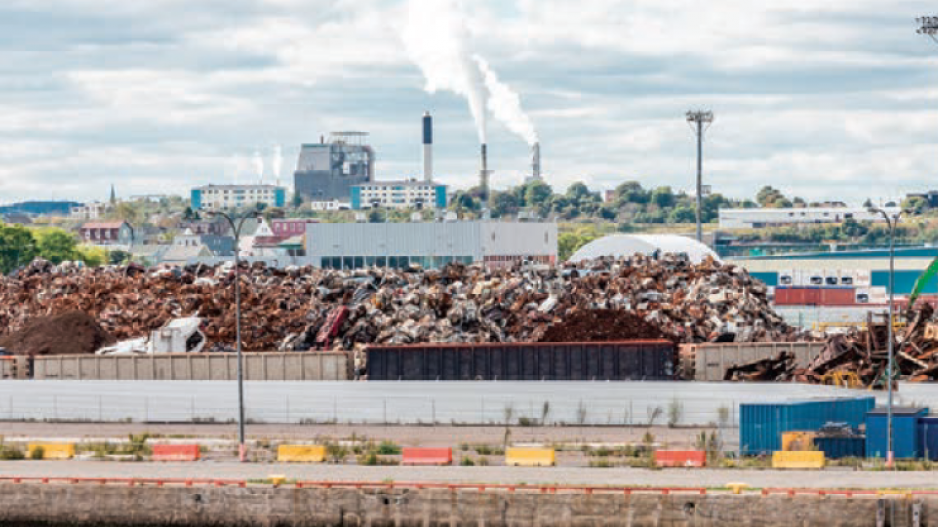A recent tour of New Brunswick has left me feeling that leaders in our province would be wise to pick up the phone and listen to Atlantic Canada once in a while.
I had the good fortune to be selected for the 2015 Governor General’s Canadian Leadership Conference this year, and during the conference I was part of a group that studied leadership and innovation in New Brunswick for eight days.
It’s a part of our country I had never visited before but certainly will again.
Although New Brunswick is much smaller than B.C. (approximately 750,000 residents compared with our 4.6 million), it was startling how often the issues were identical:
- Forestry is a big deal in New Brunswick, but security of fibre supply is a top challenge (sound familiar?).
- The Liberal premier has called on industry to meet five conditions – yes, five – before his government will remove a moratorium on domestic energy extraction (in this case, hydraulic fracturing).
- Saint John, New Brunswick, and Kitimat, B.C., could be sister cities: both are terminus points for Canada’s two most talked-about pipelines: Energy East and Northern Gateway.
- Liquefied natural gas. New Brunswick has a terminal, and we’re trying to build … well, even one would be good (it should be noted theirs is an import terminal; we’re focused on exports).
- Smart grid technology is a buzzword at the major utility in New Brunswick. I wonder where I’ve heard that before.
- Salmon conservation and aquaculture research and development are key areas of focus and innovation in New Brunswick.
- Tech startups and innovation hubs in Fredericton and Saint John remind me of Gastown and Yaletown, complete with refurbished brick buildings.
The two provinces appear to differ, however, when it comes to their economic outlook and culture.
On the economic side, I’ve heard more than a few Maritimers describe New Brunswick as a “have-not” province with aging demographics and too many young people who have left the rural areas for urban centres or high-paying careers in Alberta’s oilpatch.
Although B.C.’s urban centres are expected to grow, its rural regions continue to struggle with aging populations, an outflow of youth and fly-in, fly-out economies.
Notably, however, there was little mention in New Brunswick of the role that the aboriginal population plays in the province’s culture and overall diversification – the prevailing cultural challenge there appears to be the disconnect between the anglophone population in the south and the francophone population in the north.
Here in B.C., which is home to more than 200 aboriginal bands, reconciliation and economic diversification for First Nations is very much part of the provincial dialogue.
What’s concerning to me is that of the dozens of business and community leaders I spoke with in New Brunswick, very few had any idea about what was going on in B.C. And I know that very few British Columbians are tuned in to the goings-on in Canada’s only officially bilingual province.
We British Columbians like to think Canada starts here, but it would behoove us to occasionally pick up the phone and hear from Atlantic Canada. And vice versa.
As one entrepreneur in Fredericton told our study group, “New Brunswick is the canary in the coal mine for Canada.”
Maybe. Maybe not.
Certainly, you can’t spot the canary if you don’t stop and look over your shoulder every once in a while. •
Joel McKay ([email protected]) is director, communications, at Northern Development Initiative Trust, a non-profit organization that stimulates economic growth throughout northern B.C. The Jack Webster Award-winning journalist is also a former Business in Vancouver editor.




